Foraged Purple Dead Nettle | Tofu Scramble Recipe
Learn about the defining characteristics of purple dead nettle (Lamium purpureum) and how to make a simple dead nettle tofu scramble.
We just moved to a new home with a natural lawn that is packed with wild edible plants from dandelions, to commons daisies, plantain, onion grass, red clover, and purple dead nettle. Needless to say, we’ve been having a blast foraging and cooking up new recipes with this wild food. This week, we made a purple dead nettle tofu scramble that turned out to be delicious.
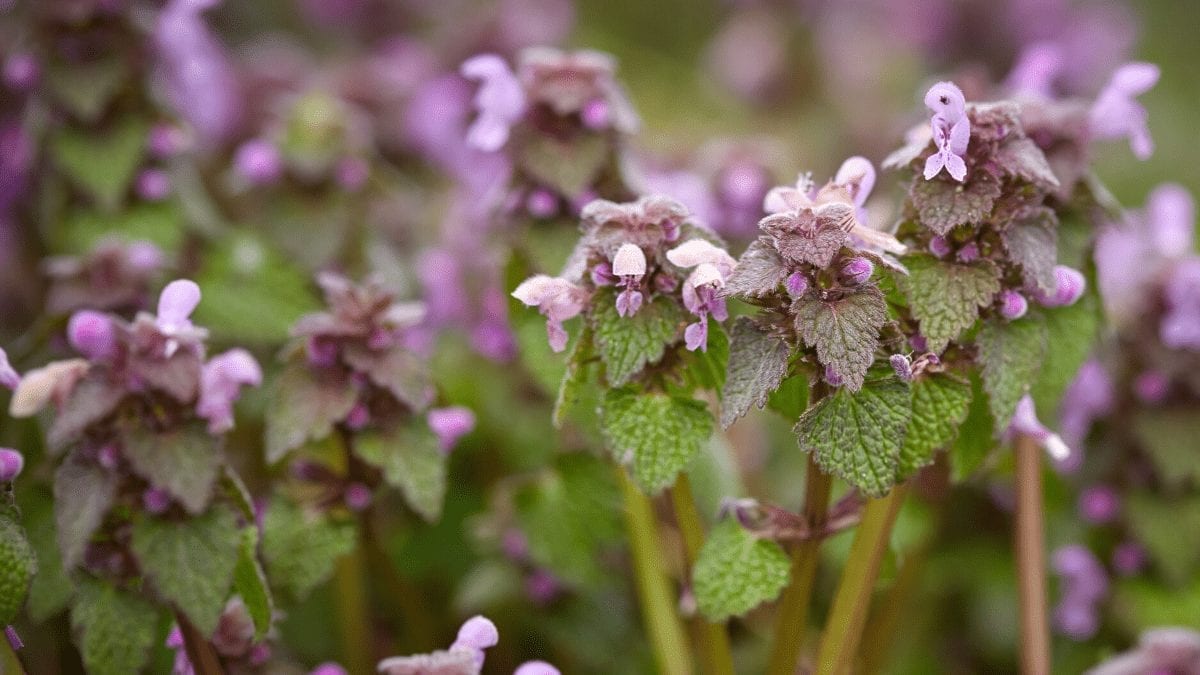
Identifying Purple Dead Nettle
Purple dead nettle (Lamium purpureum) is an edible plant that is native to Eurasia, and is also very common in the United States and Canada. This flowering plant is in the mint or sage family, called the Lamiaceae family.
DISCLAIMER: You should always be 100% certain of your plant ID. Lookalikes differ depending on where you live in the world, so it’s important to familiarize yourself with lookalikes. Do not consider this your full guide to foraging dead nettle. There are other considerations to take into account that are not mentioned here such as contaminated areas (pesticides, dog pee, pollution runoff, etc.). Make sure to read our full Health Disclaimer.
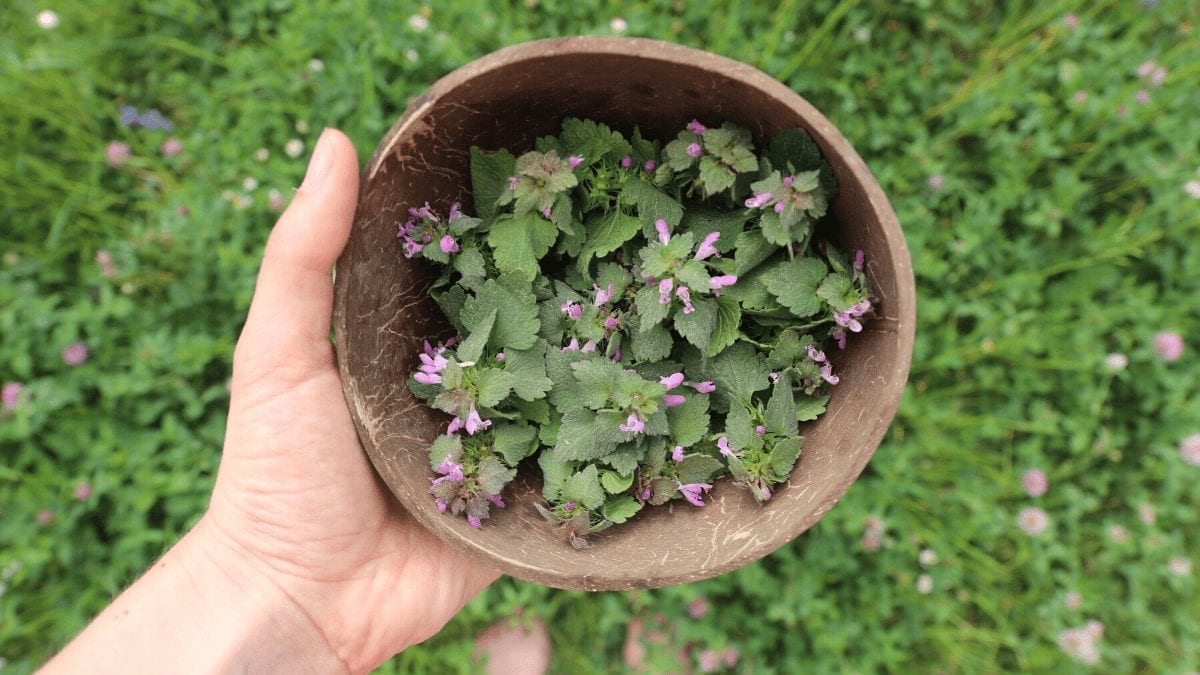
The leaves on the plant are opposite decussate, meaning they’re opposite and arranged with each succeeding pair at right angles to the pairs below and above them. This of course helps them best capture the sun since they grow straight up. The leaves have hairs on them, and are quite soft to the touch. The leaves also have petioles and are heart-shaped to triangular-shaped with a rounded tip and with rounded teeth. They are green, but towards the top of the plant they can have a reddish tint to them. In fact, these leaves are really close together towards the top of the stem, which is something to remember to differentiate it from lookalikes.
The purple dead nettle stem is square. The flower as a whole can get up to 40cm tall.
The flowers are two-lipped and in bloom from March through September. Once it’s pollinated, 4 dried fruits are noticeable at the bottom of the calyx.
Purple Dead Nettle Confusions:
It is possible to confuse this plant with lookalikes. Depending on where you live in the world, lookalikes will vary, so make sure to learn about your local lookalikes. One lookalike is Ballota nigra or the black horehound. Unlike the dead nettle, this plant does not have purple-ish tints on the top leaves, its flowers and leaves are more regularly spread along the stem, and it gets up to 30 to 85cm before flowering. It’s also got quite a nasty taste to it. Otherwise, there’s Henbit, Lamium Amplexicaule, which looks similar, but if you look closely you’ll notice the leave structures are different. In any case, this one is edible. There’s Glechoma hederacea, or ground-ivy, which has some notable differences: it smells like mint if crushed up, the leaves are heart shaped, the leaves are regularly spread out along the stem, and they aren’t soft. Then there are some that look alike before they bloom. Another good reason to wait until the flowers are in bloom. There’s Veronica persica (which has a round stem and alternate leaves), Viola odorata, Alliaria petiolate, flowering plants in the Geraniaceae family, and also Meehanis cordata.
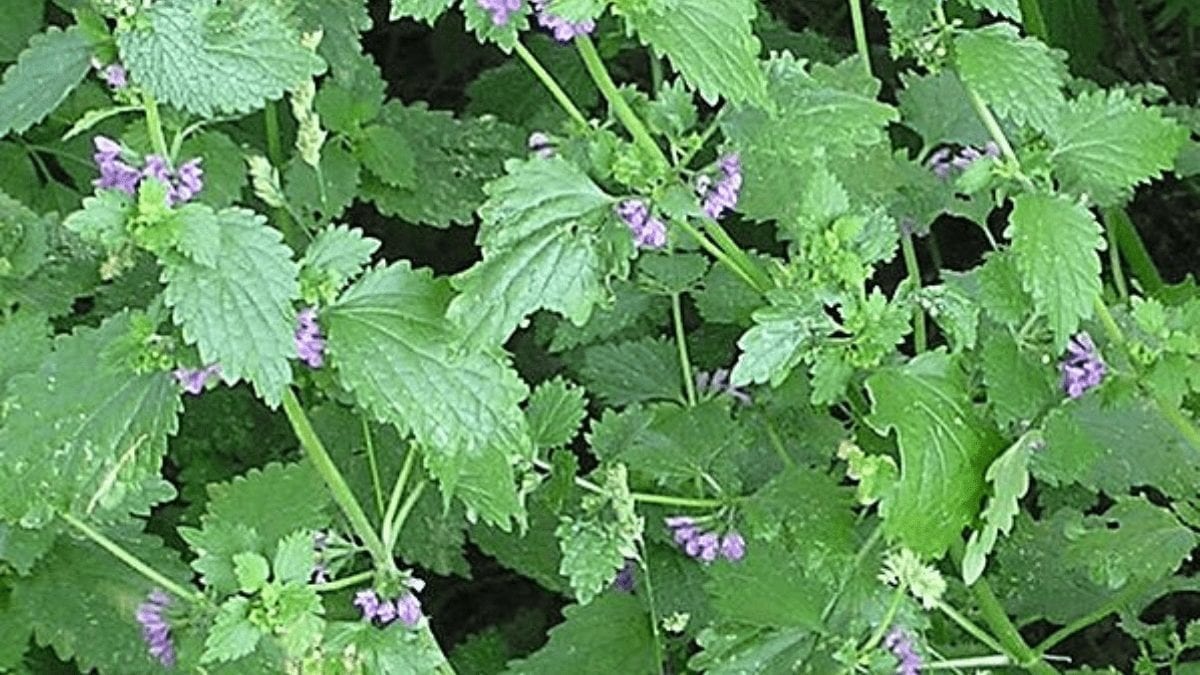
Black horehound (Ballota nigra)
Credit: Michael Beker
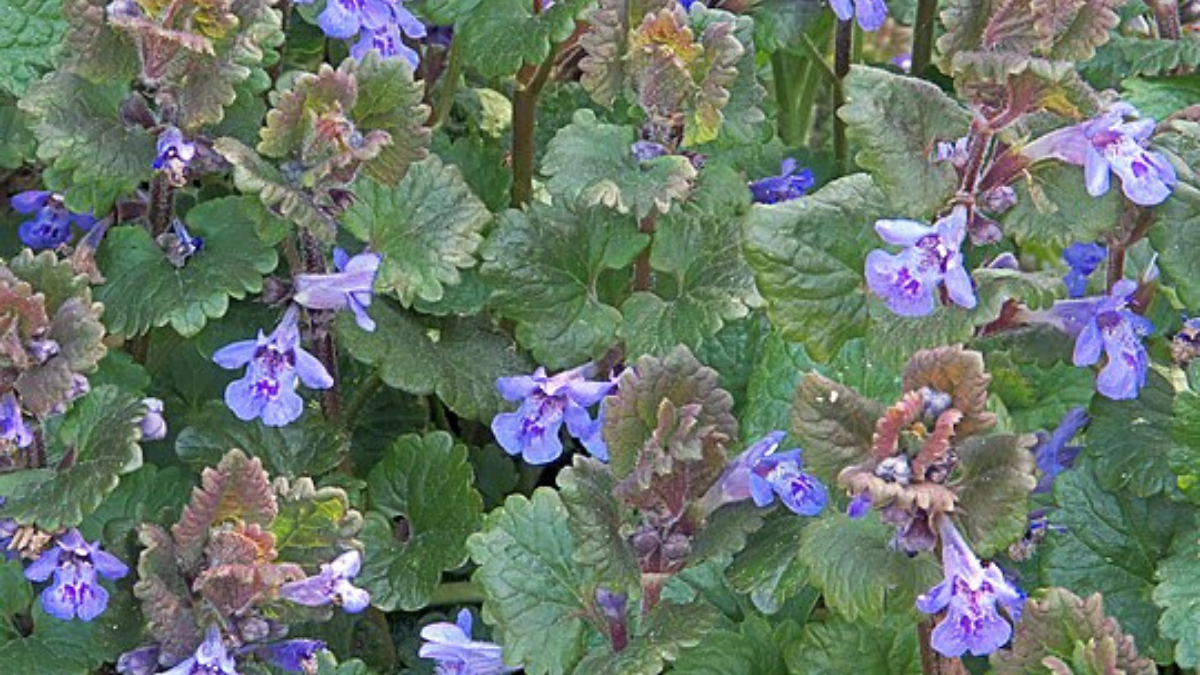
Ground-ivy (Glechoma hederacea)
Credit: Rasbak
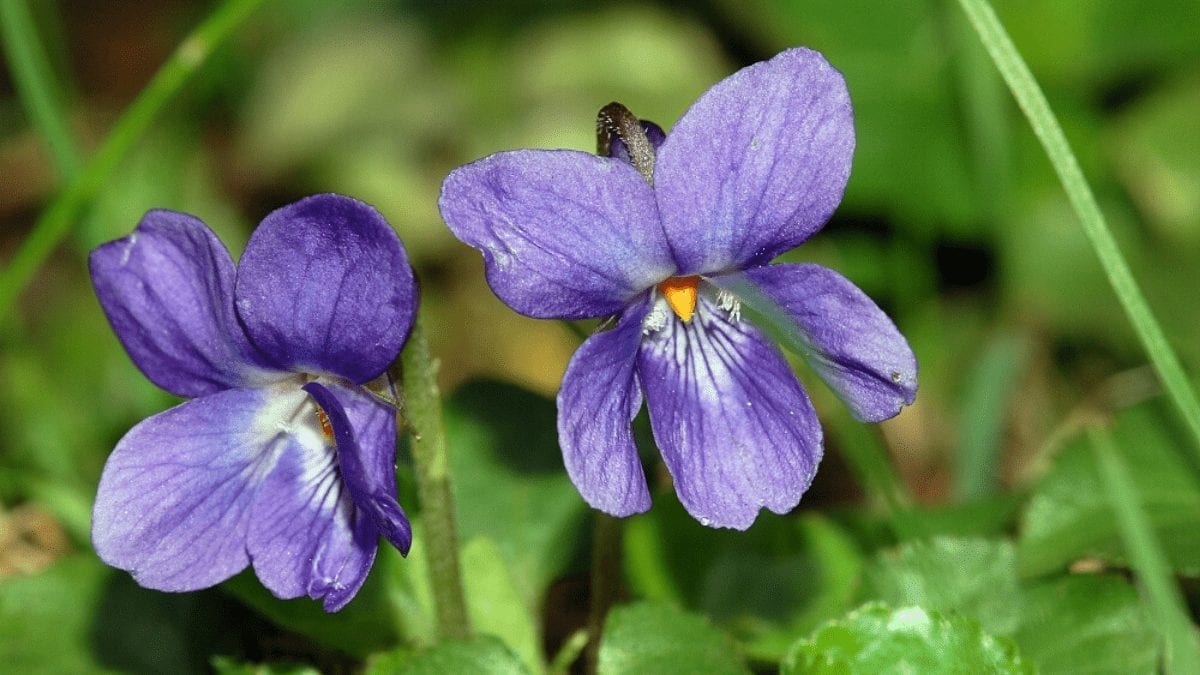
Viola odorata
Credit:
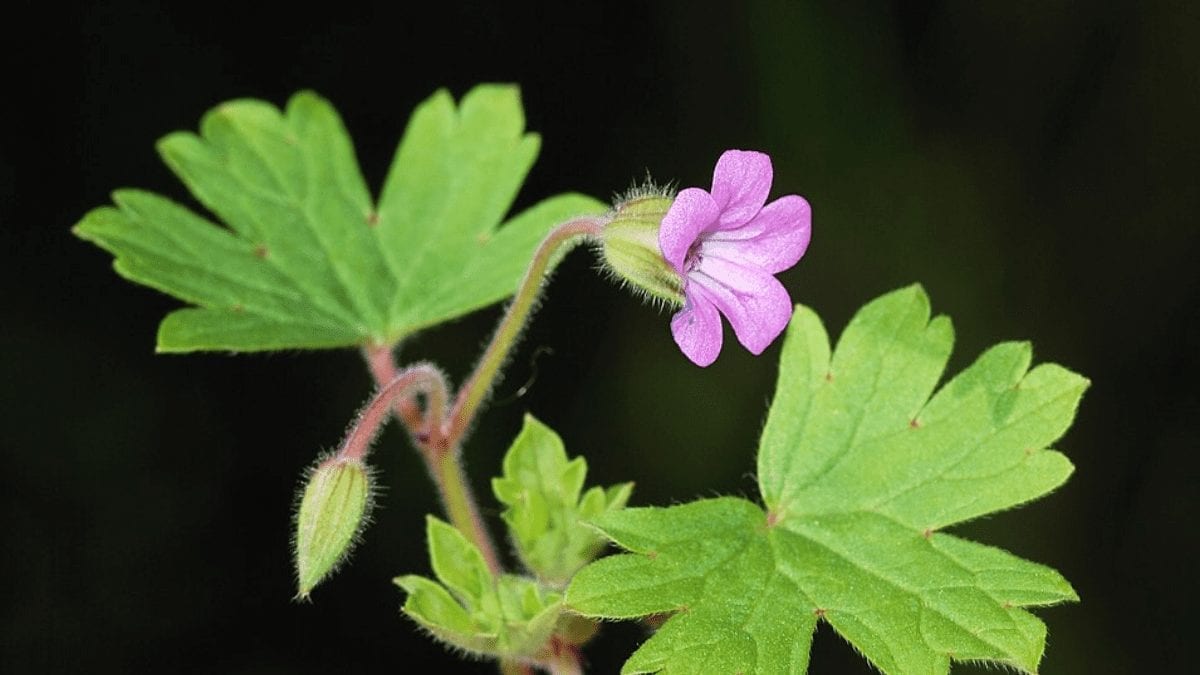
Flowering plants in the Geraniaceae family
Credit: Alvesgaspar
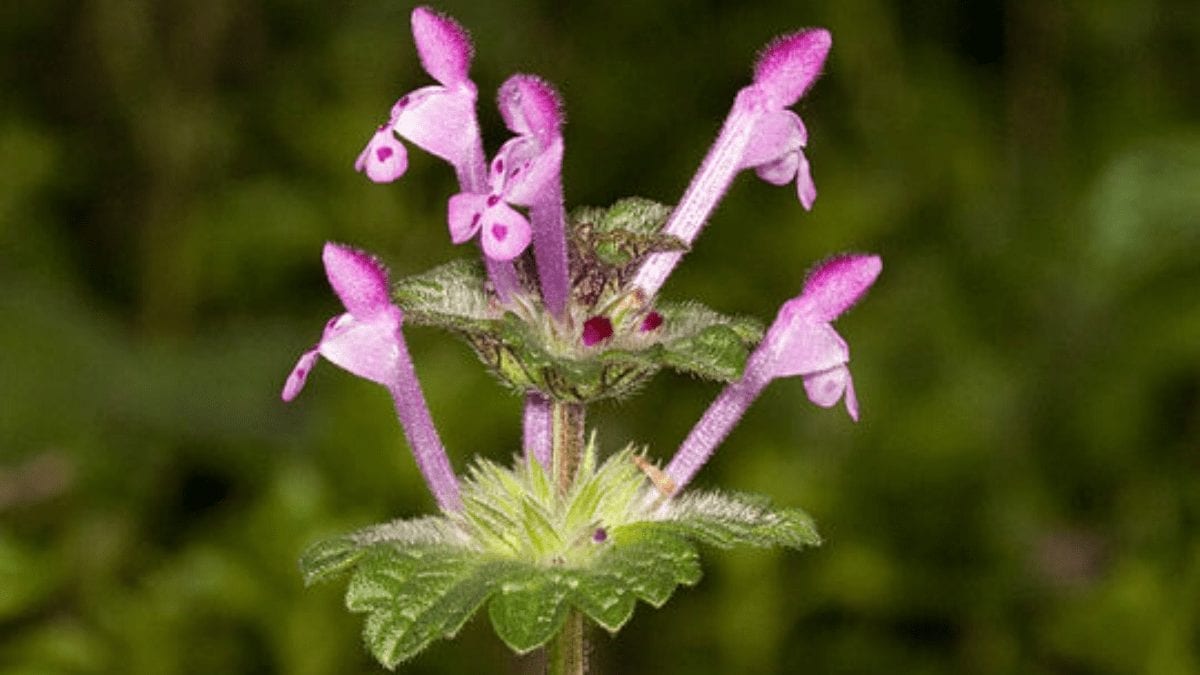
Henbit (Lamium Amplexicaule)
Credit: Kaldari
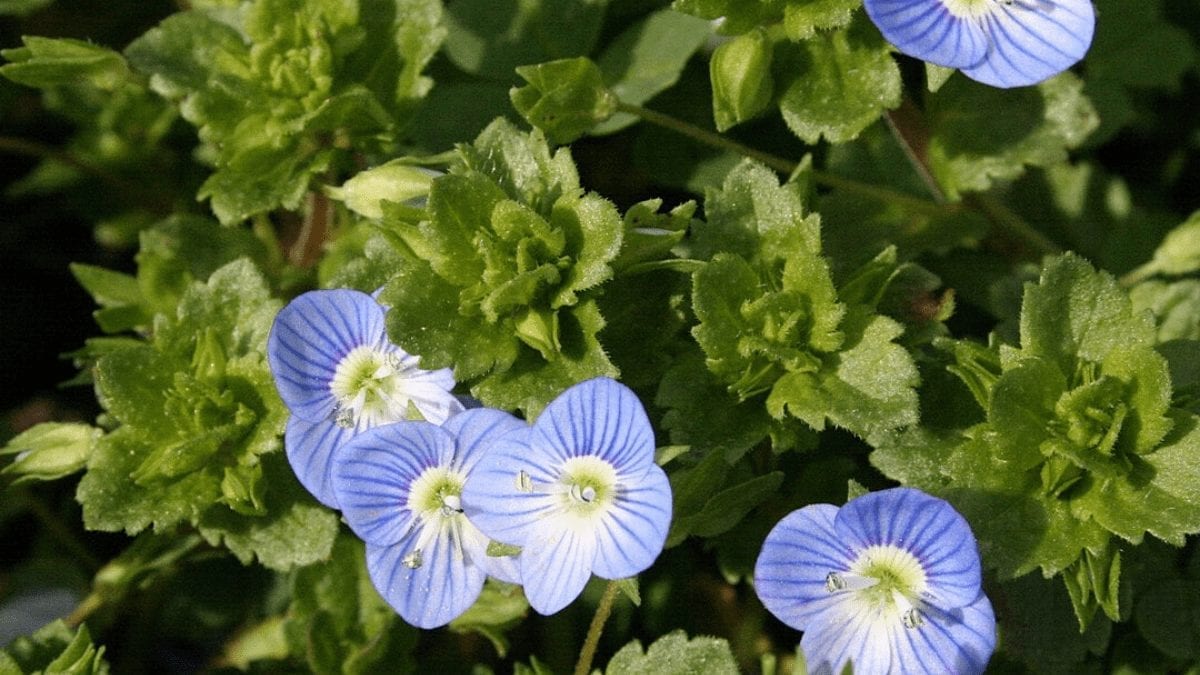
Veronica persica
Credit: Strobilomyces
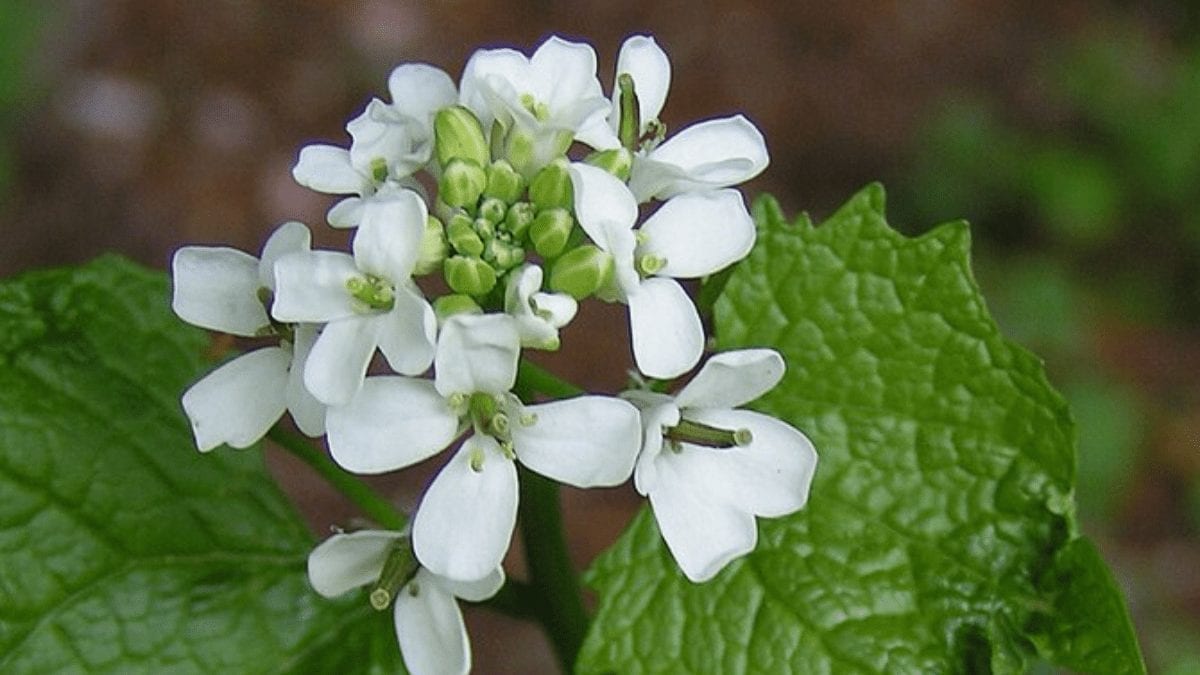
Alliaria petiolate
Credit: Sannse
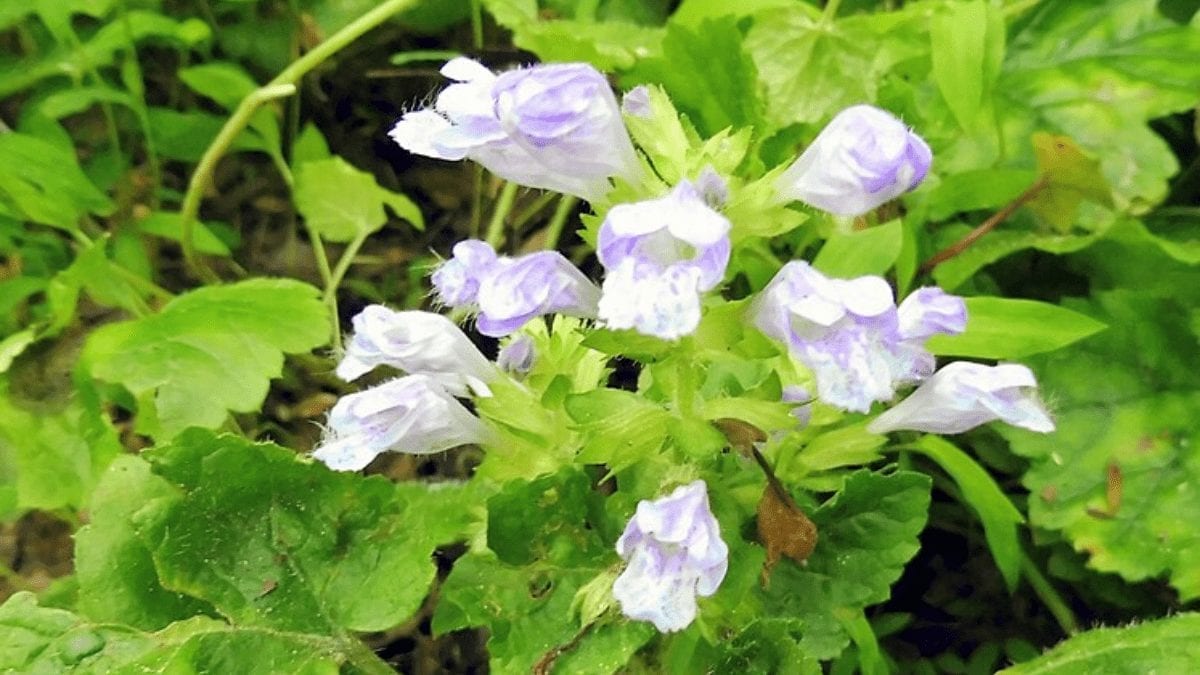
Meehanis cordata
Consuming Purple Dead Nettles
Purple dead nettles are edible plants. It’s best to stick to eating the heads of these plants. Eat the leaves and flowers just when the flowers are just beginning to bloom. If you eat them later on, the calyx which holds on to the flowers gets tougher, and the leaves are hairier. You can consume the leaves before the flowers bloom, but in that case, you should be familiar with the plant first to not confuse it with a lookalike. Eat the heads of the plant, not the entire plant. It gives off a mushroom-like taste. Make sure to check the plant for ants and powdery mildew. Ants actually help disperse the seeds of the plant. As for powdery mildew, it’s a fungal disease that leaves white specs on the leaves – don’t consume it. If you eat the younger leaves at the top, it’s unlikely the powdery mildew has reached them yet.
Purple dead nettle can be consumed raw or cooked. If you’re eating it later in the season, they do great in pestos or soups. Otherwise, you can prepare the leaves raw as an addition to your salad greens, or cooked up in quiches or omelets.
Making the Purple Dead Nettle Tofu Scramble
Since it is said that purple dead nettle tastes delicious in omelets, we wanted to try a plant-based version, so we made a wild tofu scramble.
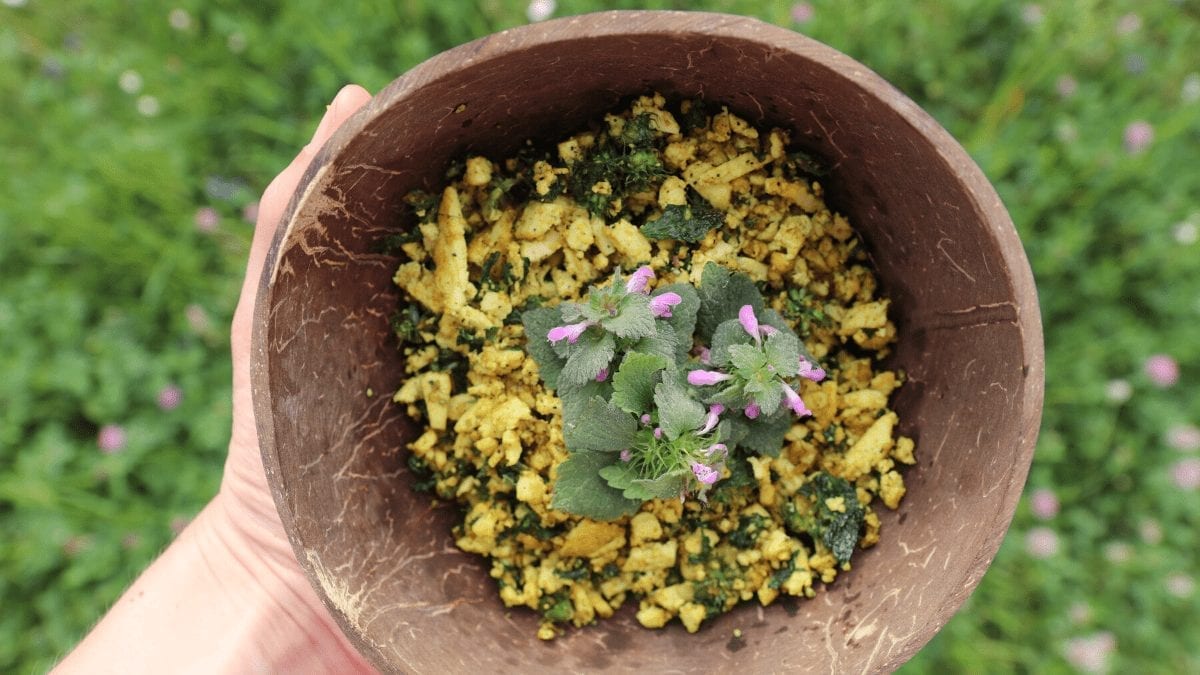
Ingredients:
- 12 purple dead nettle heads (Lamium purpureum)
- 100g of tofu
- Pinch of salt
- 2 pinches of pepper
- 2 pinches of turmeric
- Olive oil
Instructions:
- Rinse and chop the purple dead nettle heads
- Slice the tofu, then smush it nicely with a fork
- Mix the purple dead nettle and tofu together in a bowl
- Add the salt, pepper and turmeric, and mix
- Add a squirt of olive oil to a pan, then add the tofu scramble mix
- Cook on high for 5-10 mins, stir regularly
- Serve warm
This dish turned out to be delicious! The dead nettle gives off a mushroom-like taste which combined perfectly with the turmeric tofu.
Have you cooked up purple dead nettles before or prepared them raw? Let us know in the comments below & tell us how you like the tofu scramble!
Happy foraging!
Christelle
P.S. If you enjoyed this edible plants recipe, you’ll love our other wild food recipes including our Red Clover Wild Taboulleh, Dandelion Salad, and Narrowleaf Plantain Hummus.
By commenting you accept our Privacy Policy.






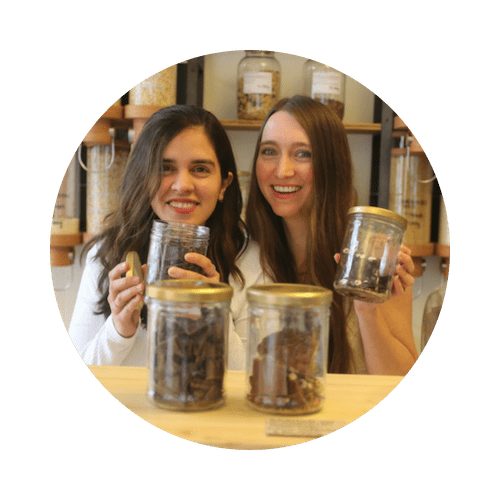


0 Comments
Trackbacks/Pingbacks